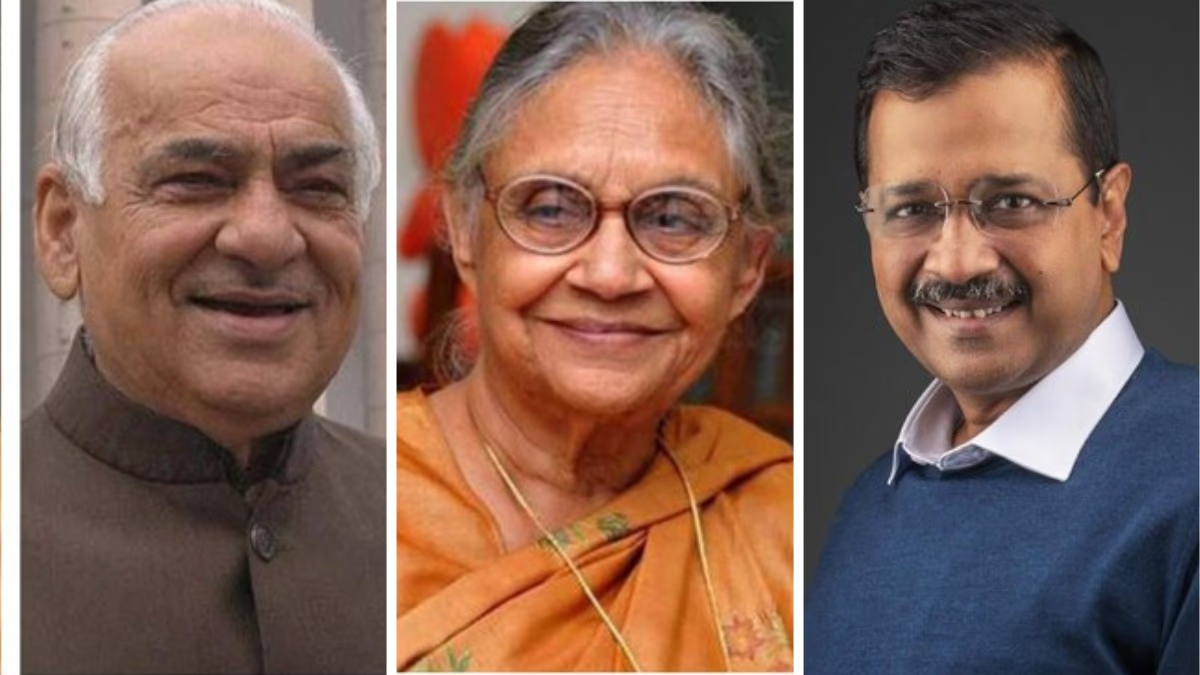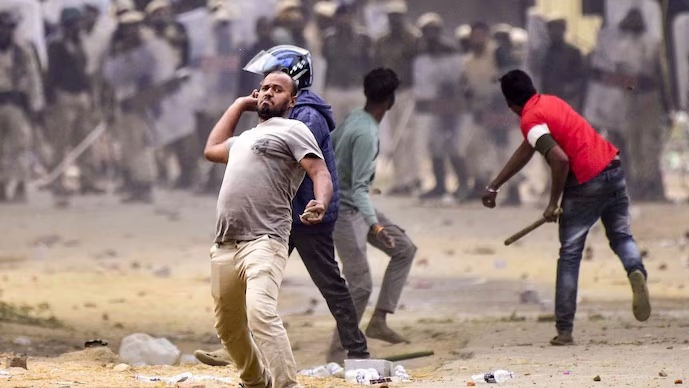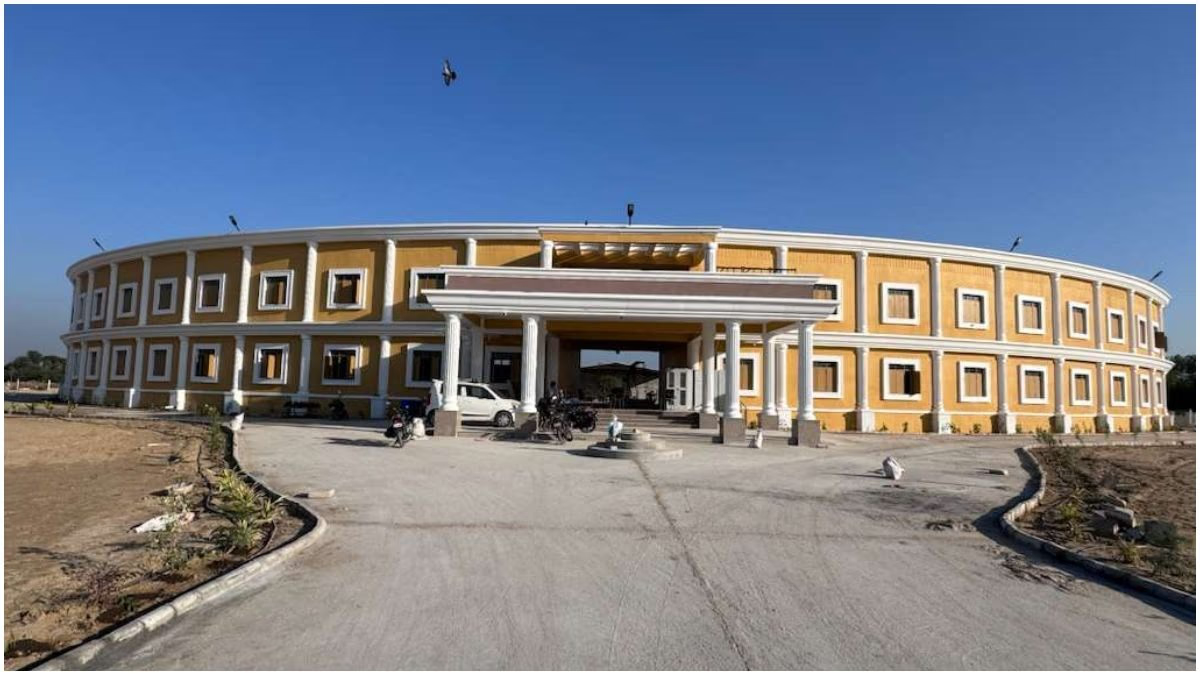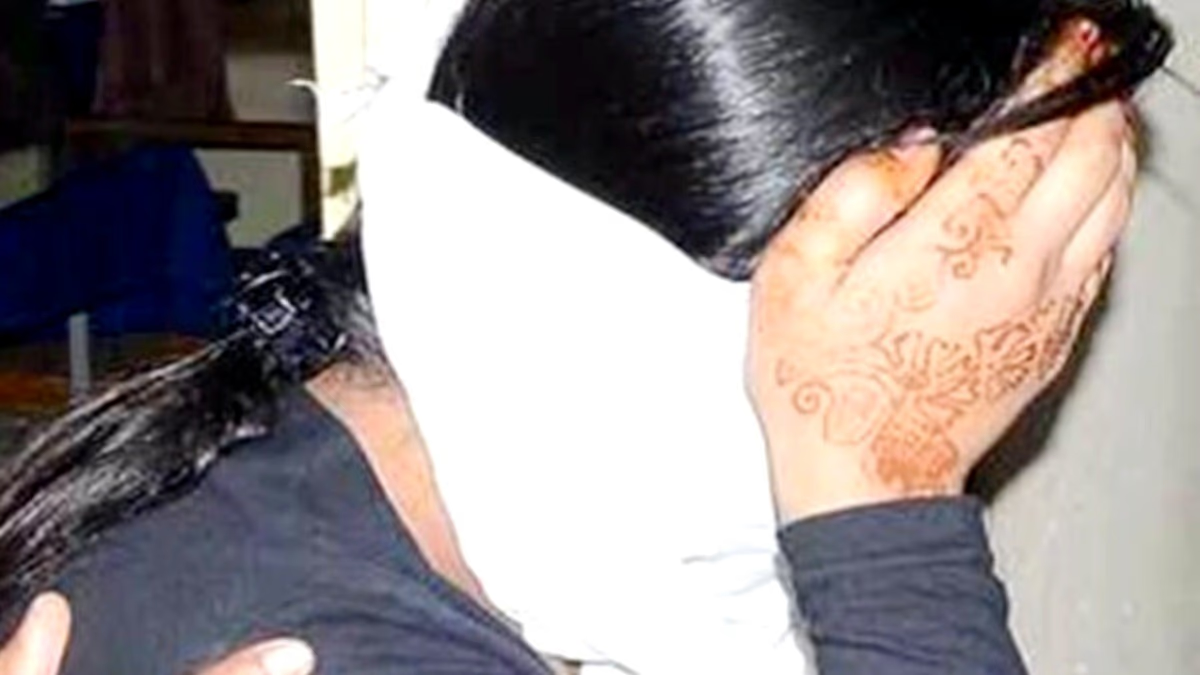Next year, Delhi faces another assembly election, marking the eighth round. The BJP has only managed to secure the capital's leadership once. Since then, Congress held power for three consecutive terms, and now the Aam Aadmi Party (AAP) is ruling for three terms in a row. The BJP aims to break their 31-year drought, while Congress strives to reclaim their position by besting AAP, just like when AAP ousted Congress from power 11 years ago under Arvind Kejriwal's leadership.
The Delhi assembly was established in 1993 with its first elections. In that year, BJP won a landslide majority with 49 seats, leaving Congress with just 14. There are 70 seats up for grabs in total. However, BJP had to rotate their Chief Minister three times within five terms. They have been on a quest for victory since.
After 37 years, BJP's Khurana became CM
BJP's first Chief Minister was Madan Lal Khurana. His tenure lasted around 27 months before he had to resign. Sahib Singh Verma succeeded him, serving over 31 months, with Sushma Swaraj following for 52 days before Congress seized power from BJP.
Sheila Dikshit’s 15-Year Reign
In 1998, Congress formed a government under Sheila Dikshit, enjoying consecutive wins in 2003 and 2008. Sheila served three terms as Delhi's CM. But the 2013 elections surprised everyone when Arvind Kejriwal's AAP uprooted the Congress government that held power for 15 years. Contesting for the first time, AAP secured 28 seats whereas Congress dwindled to just 8 seats. BJP won the most with 32 seats. JD(U) and SAD each won one seat.
BJP Neared Power, But Lost It
That year saw BJP close to reclaiming power, but Congress joined hands with their novel rival AAP, providing external support and forming a government led by Kejriwal. BJP was seen as defenseless. However, the AAP-Congress alliance crumbled after just 49 days.
AAP Surprised by Siphoning Congress’s Voter Base
AAP scored 29.70% of the vote share in Delhi in 2013, significantly cutting into Congress's voter base. Political analysts note Kejriwal's brief tenure despite its brevity was highlighted by significant policy decisions on electricity, water, and healthcare, indicating his plans for Delhi's future.
Congress’s Account Stayed Sealed in Two Elections
Kejriwal’s strategy included subsidies reducing electricity prices by half up to 400 units, announcing 20,000 liters of free water monthly per household, and abolishing sewer charges. Notably, he served notices to 200 private schools for charging excessive fees, strengthening public support. In 2015, AAP historically captured 67 out of 70 seats, leaving BJP with 3 and Congress with none, commandeering Congress's voter bank to attain 54.5% of the vote share. Free electricity and water promises remain central to political manifestos.
Atishi Has Been Serving as Delhi's CM for Two Months
In 2020, once again Congress failed to open its account, and AAP routed BJP, securing 62 seats with a 55% vote share. BJP acquired 8 seats with 38.70% vote share, while Congress garnered 4.30%. Kejriwal was sworn in for a third term. In March, Kejriwal was arrested in the Delhi liquor scam and jailed for about five months. Upon his release, he announced stepping down from the CM position on September 15. Since September 21, Atishi has been filling the role of CM, with upcoming elections slated by February 2025.
What is the History of Delhi’s Assembly?
Assembly records indicate Delhi's first election occurred on March 27, 1952, coinciding with India's general elections in February that year. 48 seats were contested. On March 17, 1952, Congress leader Chaudhary Brahm Prakash became CM. Gurumukh Nihal Singh succeeded him on February 12, 1955, until November 1, 1956. Delhi then became a Union Territory, ceasing assembly elections akin to Chandigarh.
When the Metropolitan Council Governed Delhi
During this period, the Delhi Administration Act, 1966 was enacted to manage Delhi via a Metropolitan Council. From 1956 to 1990, a 61-member council administered Delhi, with the Lieutenant Governor as its head. The council advised on public concerns, with decisions finalized by the LG.
1956 Ended Assembly Governance in Delhi
For around 37 years, Delhi did not conduct assembly elections after the 1956 dissolution of the assembly when Delhi became a Union Territory. As the populace had no direct governance role, demands for assembly restoration were frequent. In December 1987, the central government established the Sarkaria Committee (later called the Balakrishnan Committee), which, two years later, recommended Delhi remain a Union Territory but govern local matters with an assembly, excluding law and order, police, and land-related issues.
The central government introduced the Constitution (72nd) Amendment Bill to enact these suggestions. The then-Union Home Minister, Mufti Mohammad Sayeed, explained that the populace's prevailing demand was for a decisive voice in their governance due to a perceived lack of administrative accountability to the people. The bill was ultimately not passed.
Eventually, Delhi Received a 70-Member Assembly
Ultimately, the Constitution (69th Amendment) Act, 1991 granted Delhi an assembly. This act established a 70-member assembly and a seven-member council of ministers, bestowing special status on the Union Territory of Delhi.
And Elections Were Held in 1993 for the First Time
In 1992, a delimitation committee delineated 70 assembly seats in Delhi, paving the way for assembly elections. Finally, democratic governance returned to Delhi in November 1993 with assembly elections. Under Madan Lal Khurana’s leadership, BJP won a decisive majority, appointing PK Dave as the Lieutenant Governor.
Delhi Witnessed Limited Women Representations Initially
Within the initial election, only three women reached the assembly: Krishna Tirath from Baljit Nagar, Tajdar Babar from Minto Road (both Congress), and BJP’s Purnima Sethi from Kalkaji.
The Governor Recommends CM Appointments
Delhi is one of India's 9 Union Territories. The CM is the chief executive officer of the National Capital Territory (NCT). The CM is appointed by the President on the Lieutenant Governor's advice. Chaudhary Brahm Prakash was the first CM of Delhi, with Sushma Swaraj being noted as the first female CM.
Delhi is Administered by the Lieutenant Governor
The Constitution's 69th Amendment Act, 1991, accords Delhi special statehood status. Under this act, Delhi is designated as the National Capital Territory, with the Lieutenant Governor serving as its administrator. Among Union Territories, Delhi stands out uniquely with a CM as chief executive. Delhi has seen seven CMs since 1952, with Atishi being the eighth. Sheila Dikshit served the longest (15 years), followed by Kejriwal at 10 years and 9 months.




